 Abraham Lincoln
If given the truth, the people can be depended upon to meet any national crisis...
Abraham Lincoln
If given the truth, the people can be depended upon to meet any national crisis...
 Guildford news...
for Guildford people, brought to you by Guildford reporters - Guildford's own news service
Guildford news...
for Guildford people, brought to you by Guildford reporters - Guildford's own news service
Birdwatcher’s Dairy No.109
Published on: 15 May, 2016
Updated on: 15 May, 2016
By Malcolm Fincham
May started with a bang. A total change in the weather as warm air pushed up from the Continent, bringing with it some pleasant sunshine too. The combination of good weather and the continuing influx of summer migrant birds, also gave me some great opportunities to chase around the countryside in the hope of staying up to date with my photos and sightings.

Brimstone butterfly settles on a bluebell while a second one flies past. Click on all images to enlarge in a new window.
On May 1 we spent the morning walking around Oaken Woods near Chiddingfold. Bluebells, still out in flower, were attracting brimstone butterflies to settle on them.
Having heard and seen my first garden warbler of the year there, we also heard our first cuckoo.
Although only getting a brief glimpse of it as it flew across the track ahead of us, I was able to get a few pictures of a marsh tit. Sadly becoming quite a rare bird throughout Surrey.
While overhead a pair of common buzzards flew by, in the clear blue sky.
Being such a pleasant day and not wishing to waste it, my friend Dougal suggested a trip out across the Surrey border to Otford near Sevenoaks, Kent. A rufous turtle dove was reported to be ‘showing well’ in an apple tree there. Sadly, my thoughts went to the possibility of the addition of a partridge in the pear tree, as I recalled the song The Twelve Days Of Christmas. Fortunately, I managed to leave such thoughts behind me as headed down the M25.
A crowd of over 70 birdwatching enthusiasts had already gathered by the time we arrived. Even the ‘birding biker’ Gary Prescott was there, renown for his charity work and on another year’s cycle in aid of it around the UK in the hope to see over 300 birds. https://www.facebook.com/
Although regretting having lost the pictures I took of him and the crowd that had gathered, I was understandably (and with no disrespect) more grateful to have saved the ones I took of the dove, on my other camera.

Both the names Oriental turtle dove and rufous turtle dove have been used for this species. It has been suggested that the name rufous turtle dove should be used for the western form.
Successfully seeing it perched within the branches of the apple tree, a slice of luck came our way. Having got back in the car, as the crowd dispersed, we noticed a couple of birdwatchers pointing in our direction. Looking up in a large ash tree behind us was the rufous turtle dove, giving a much better view, showing well in the late evening sun.
On May 2 a report came through that 10 black-winged stilts had appeared at Pulborough Brooks, West Sussex. Although a common sight in southern Spain, these birds a quite a rare sight in the UK.
That was until 2014 when several pairs bred in the UK, including the success of the ones I covered in a report at the time. http://www.guildford-dragon.
Could these be the same ones making a return?
While in ‘Nettley’s’ hide watching them as they waded in one of the scrapes, with the water at a perfect depth for their long legs, a pair of lesser whitethroats took our attention. They could be seen making a rare display out in the open feeding on blossom, totally oblivious to our prying eyes.
A sedge warbler also gave us some good views.
As did a grey heron, as it hunted in one of the pools just below us.
As a bonus, the sound of nightingales continued to grace the air around us as we made our way around the reserve. Having got some stunning views and pictures for my previous report at the area known as ‘Adder Alley’, I was given what I felt was an even better photo opportunity.
This time in another area there known as ‘Fattengates ‘. It sat in front of some brambles on a low wall out in the open just feet away sunning itself, while splaying out its rufous-coloured tail feathers.
Although seeing several swifts flying over the ‘brooks’ among the sand martins and swallows there, it wasn’t until May 3 that I first viewed some of our local Guildford swifts, counting nine, ‘wheeling and spinning’ in the sky over Stoughton.
Several trips to various heathland areas around Surrey gave me some good views of woodlark, one of the few birds that seems to be increasing in number in recent years.
Dartford warblers also seem to be doing well, having survived the last few mild winters.
On Thursley Common tree pipits had arrived and were already displaying, parachuting from the sky in their usual way. Although maybe not the prettiest-looking bird, they more than make up for it with their summer song.
A far more colourful critter, the redstart, seemed to be plentiful there this year, with the males singing, while showing off their beautiful colours.
It was also pleasing to get my first sighting this year of a hobby, wings shaped like a sickle, cutting through the air like a giant swift.
Watching it plunge from the sky at speed, then sieving across the heather, talons out, in the hope of catching small prey.
Probably the most iconic of our summer visitors has got to be the cuckoo. Having heard one call briefly earlier in the week at Chiddingfold, I had not seen or heard what has become my annual Whitmoor Common cuckoo.
Therefore I was delightened to hear one calling on Thursley Common, its sound coming from the direction of the ‘Parish Field’. Following its call took me around the outside of the fencing to the field.
Unperturbed by my presence, he watched down at me for a few moments, then turning his head back toward the field, continued to cuckoo. Walking back, I noticed several photographers as they sat out in the field in their camouflage gear.
Not wishing to disturb, I stood by the gate, watching the cuckoo, as it fed on the grass area.
Even getting a few ‘in-flight’ shots as it flew to a nearby tree.
An added bonus there that day in the same field was a strikingly coloured male wheatear.
As well as a treecreeper doing its usual acrobatic performance in the deciduous woodland close by.
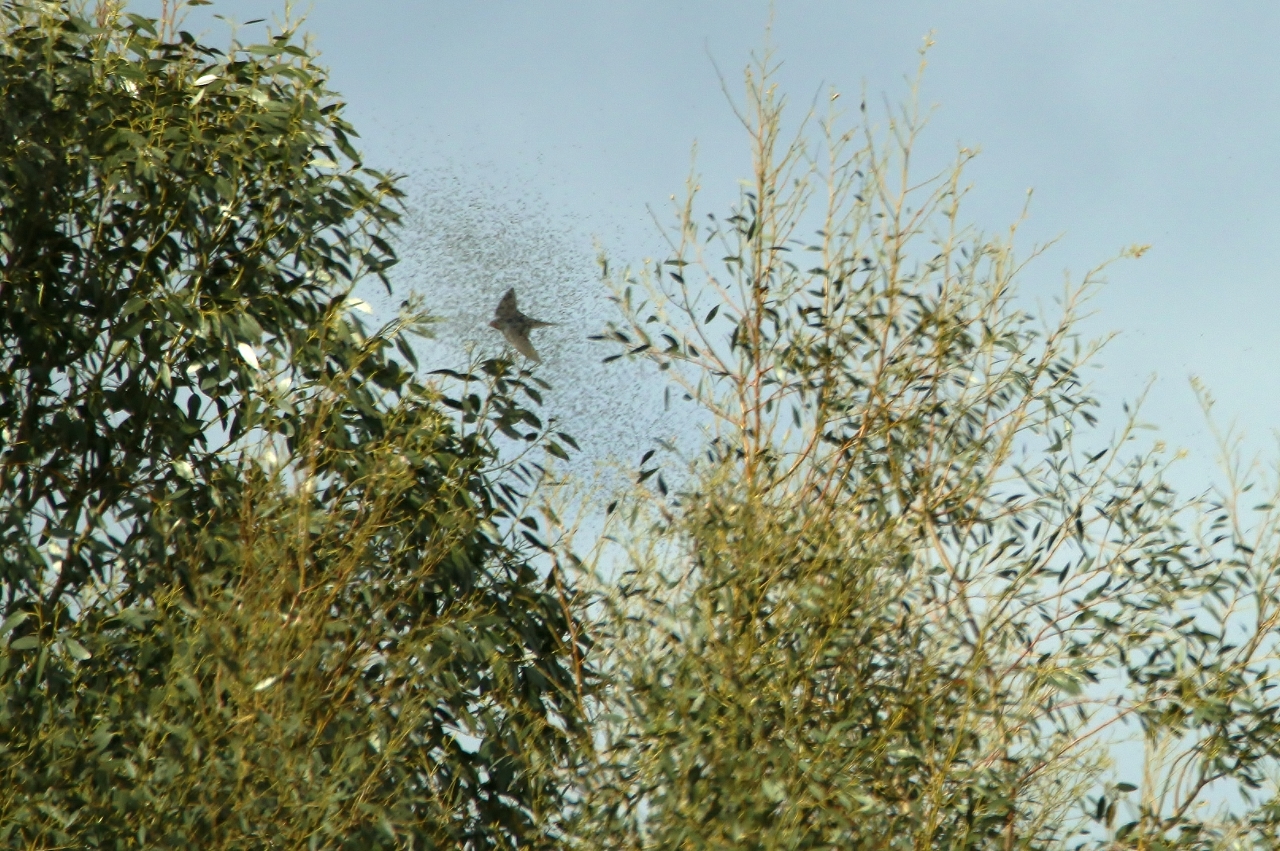
A swallow flies through a dark mass of insects as they swarm over the trees by the sewage works near Stoke Lock.
At Stoke Lock a few days later swallows continued to feed over the sewage works.
The warmer weather brought out female orange-tip butterflies.
Adding to the male ones seen earlier in the week.
Included in my first sightings this year were a few holly blue butterflies, with one even settling on the towpath.
Along the boardwalk leading to the lake a male reed bunting could now be heard calling.
With perfect timing this year, the ‘May blossom’ had begun to flower on the hawthorn by the lakeside
Reed warblers sang their scratchy calls from within the reedbeds around the reserve.
As a braver sedge warbler occasionally popped out into the open to sing.
On the lake another pair of Canada geese could be seen with seven goslings.
The only disappointment was that although the common tern was present, it was still awaiting its partner to arrive back from Africa.
Responses to Birdwatcher’s Dairy No.109
Leave a Comment Cancel replyPlease see our comments policy. All comments are moderated and may take time to appear. Full names, or at least initial and surname, must be given.
Recent Articles
- Burglar Jailed Thanks To Quick Action of Ash Resident
- Highways Bulletin for December
- Birdwatcher’s Diary No.318 Some Pre-Christmas Rambles
- Merry Christmas and a Happy New Year to All Our Contributors and Readers!
- More Units Added to Solums’s Station Redevelopment
- Vehicle Stop on Epsom Road Leads to Prolific Drug Gang Being Put Behind Bars
- Local Political Leaders Respond to Publication of the English Devolution White Paper
- Flashback: Guildford All Lit Up For Christmas – Then And Now
- City Earn Themselves a Three Point Christmas Present
- Mayor’s Diary: December 23 – January 4


Recent Comments
- Jim Allen on Two Unitary Authorities, One Elected Mayor – Most Likely Devolution Outcome for Surrey
- Mike Smith on Two Unitary Authorities, One Elected Mayor – Most Likely Devolution Outcome for Surrey
- Angela Richardson on Two Unitary Authorities, One Elected Mayor – Most Likely Devolution Outcome for Surrey
- Frank Emery on Two Unitary Authorities, One Elected Mayor – Most Likely Devolution Outcome for Surrey
- Paul Kennedy on Two Unitary Authorities, One Elected Mayor – Most Likely Devolution Outcome for Surrey
- Alan Judge on Dumped E-bike Provokes Questions
Search in Site
Media Gallery
Dragon Interview: Local Artist Leaves Her Mark At One of England’s Most Historic Buildings
January 21, 2023 / No Comment / Read MoreDragon Interview: Lib Dem Planning Chair: ‘Current Policy Doesn’t Work for Local People’
January 19, 2023 / No Comment / Read MoreA3 Tunnel in Guildford ‘Necessary’ for New Homes, Says Guildford’s MP
January 10, 2023 / No Comment / Read More‘Madness’ for London Road Scheme to Go Ahead Against ‘Huge Opposition’, Says SCC Leader
January 6, 2023 / No Comment / Read MoreCouncillor’s Son Starts Campaign for More Consultation on North Street Plan
December 30, 2022 / No Comment / Read MoreCounty Council Climbs Down Over London Road Works – Further ‘Engagement’ Period Announced
December 14, 2022 / No Comment / Read MoreDragon Interview: GBC Reaction to the Government’s Expected Decision to Relax Housing Targets
December 7, 2022 / No Comment / Read MoreHow Can Our Town Centre Businesses Recover? Watch the Shop Front Debate
May 18, 2020 / No Comment / Read More



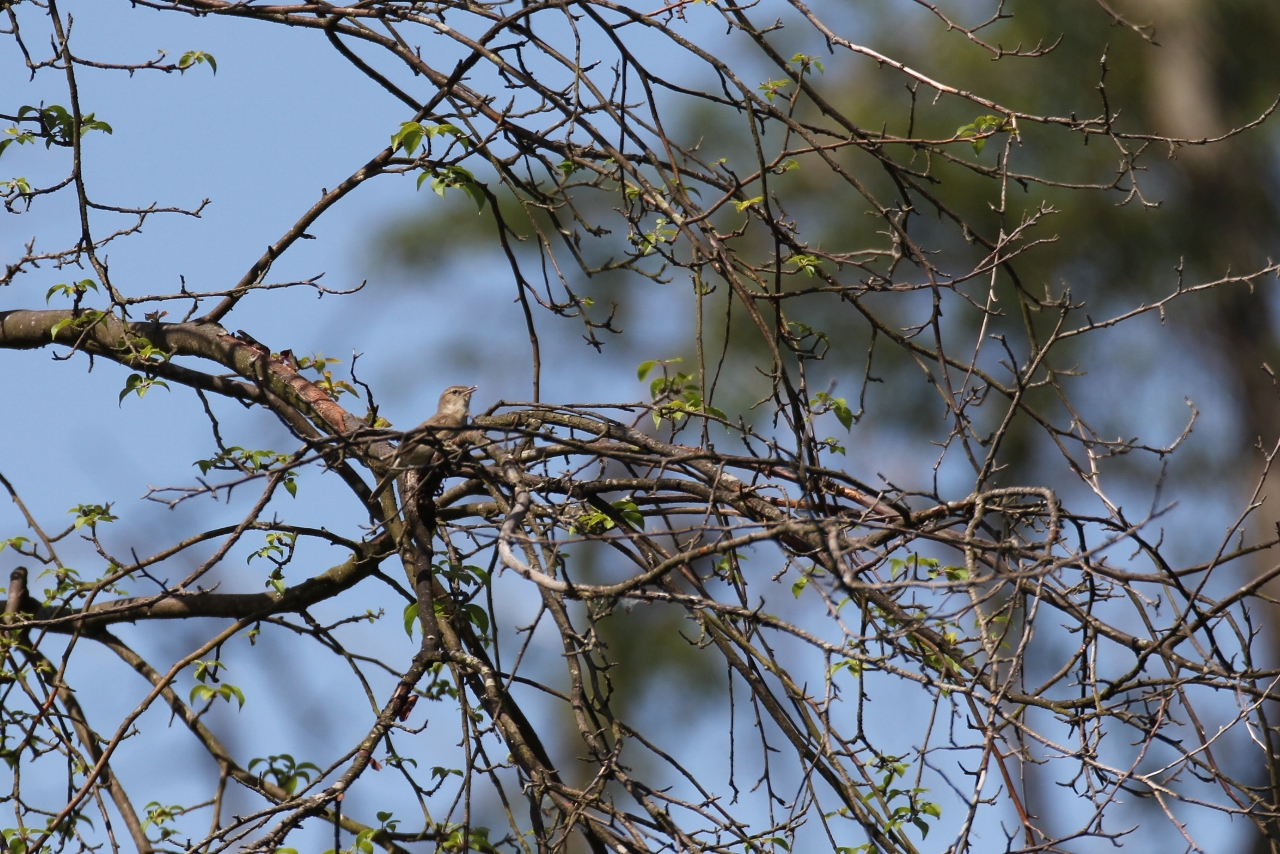



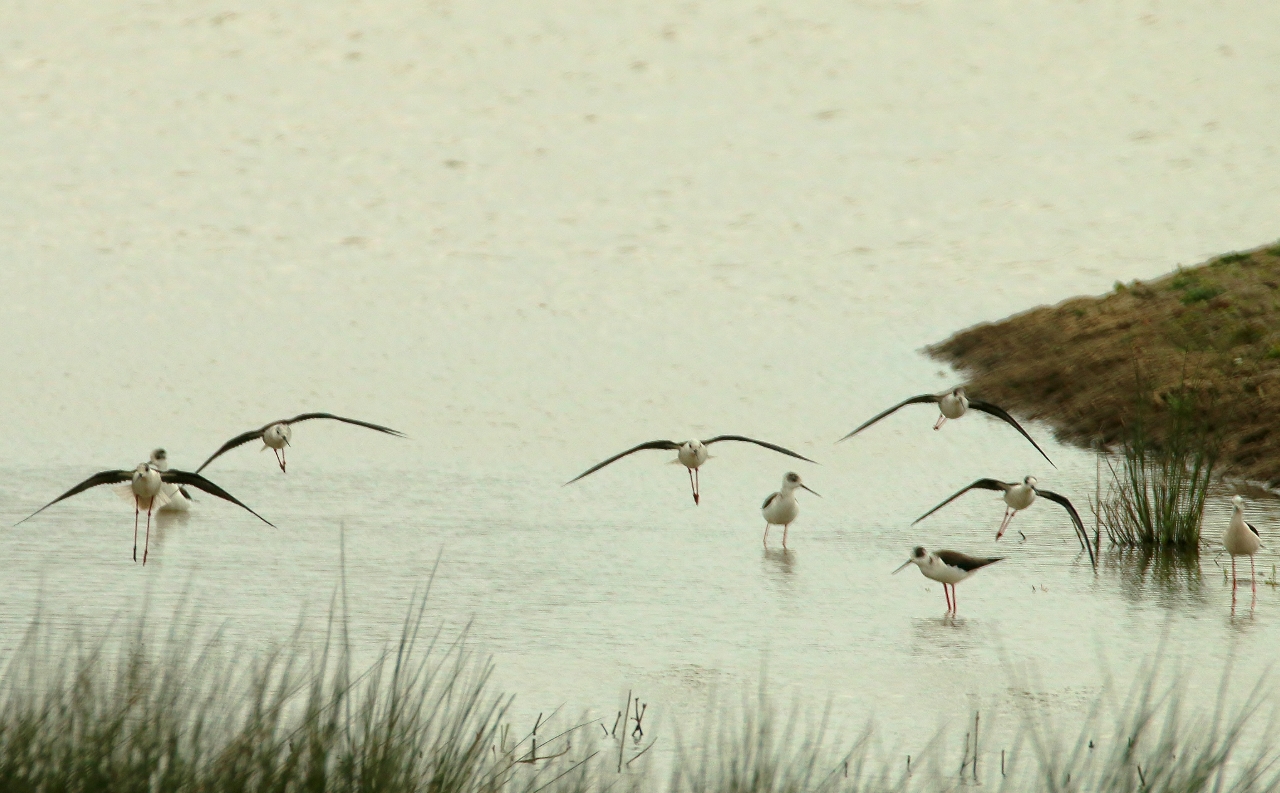

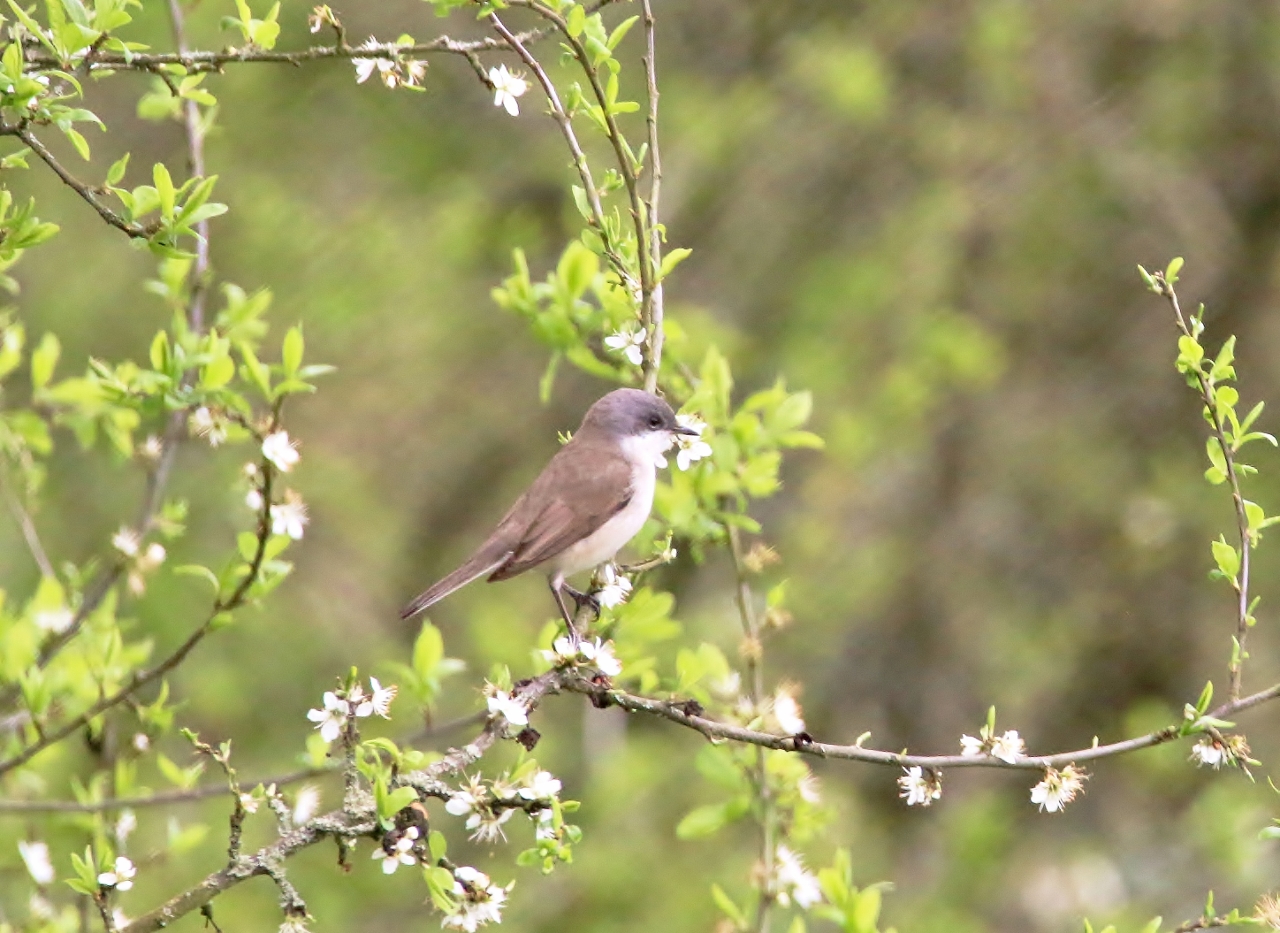

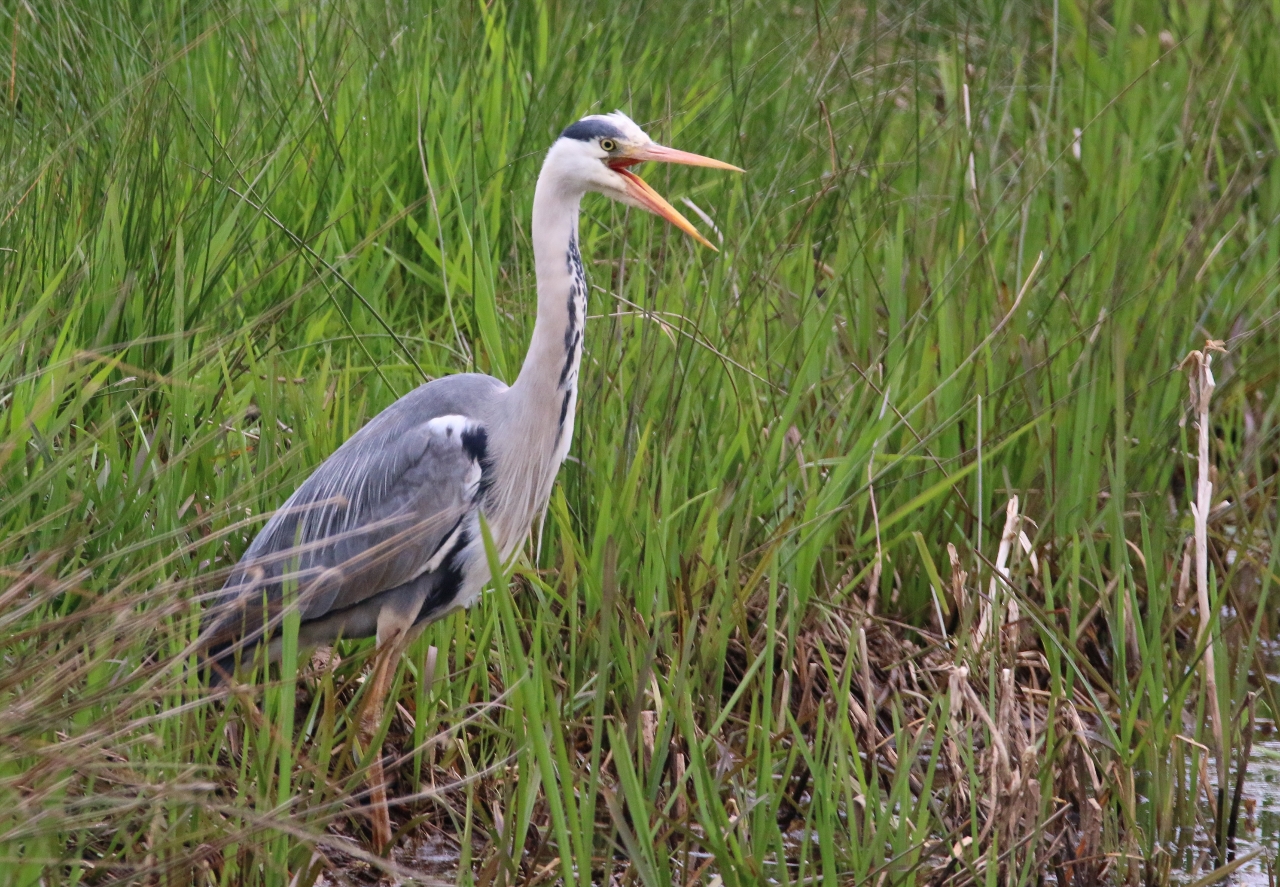
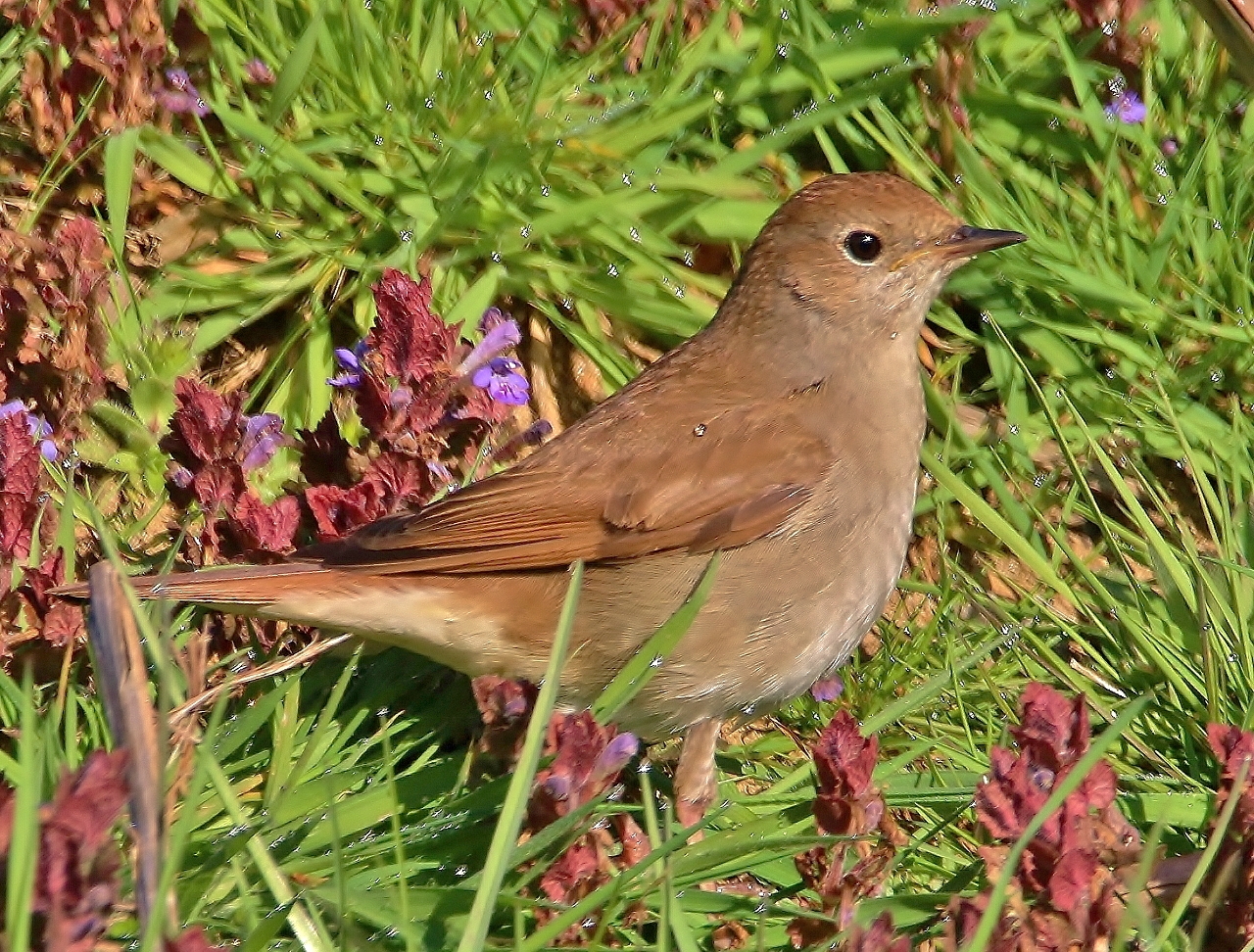






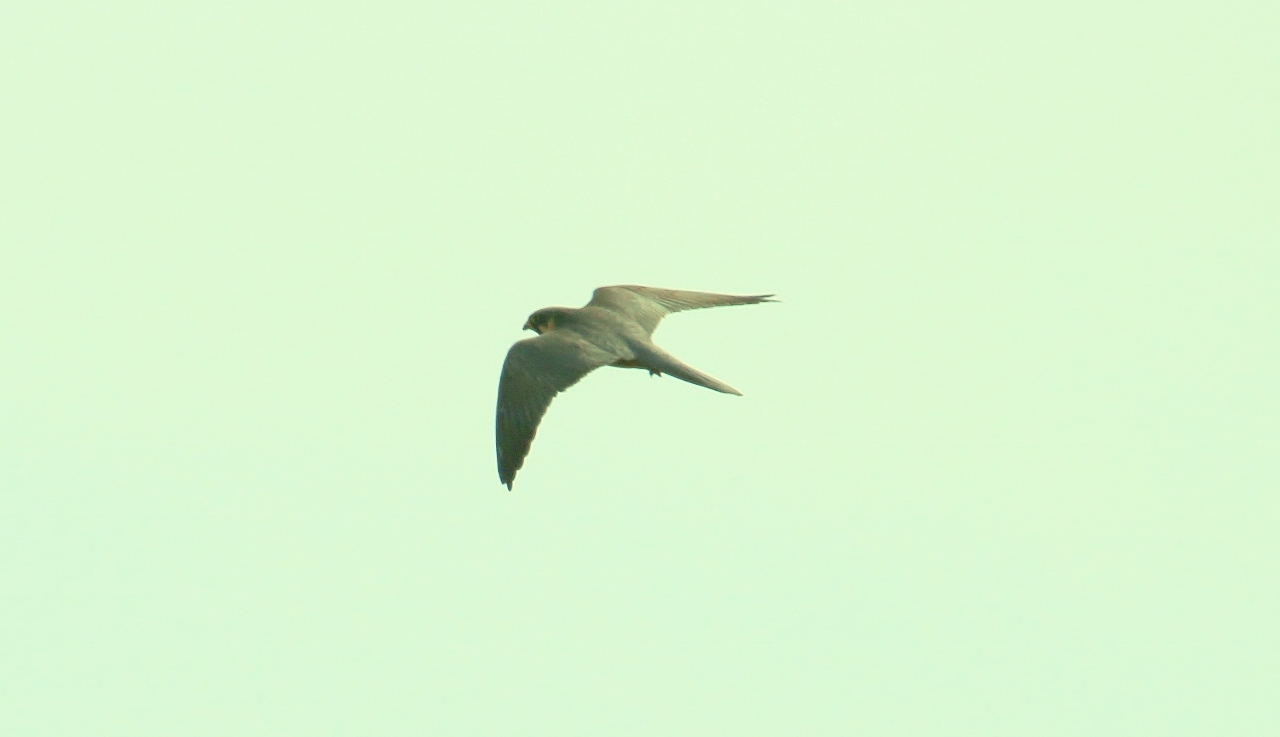




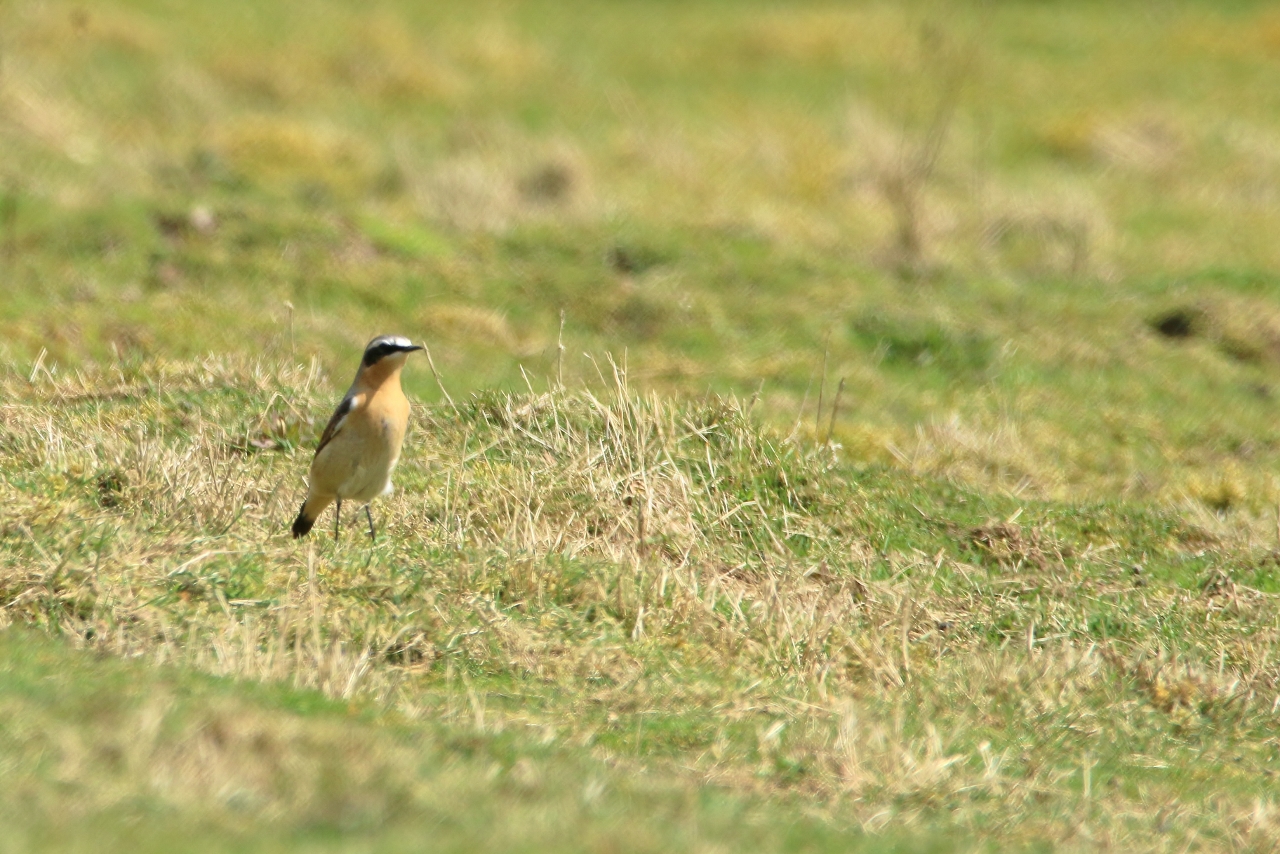




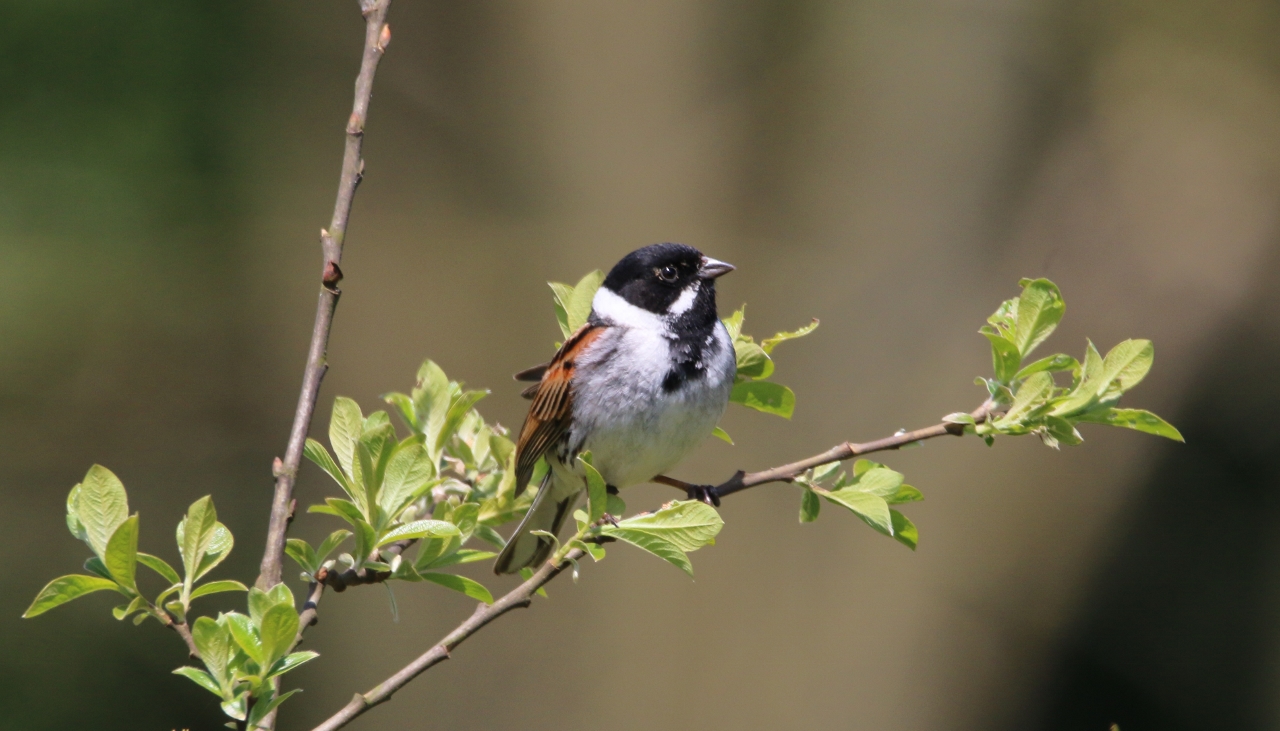




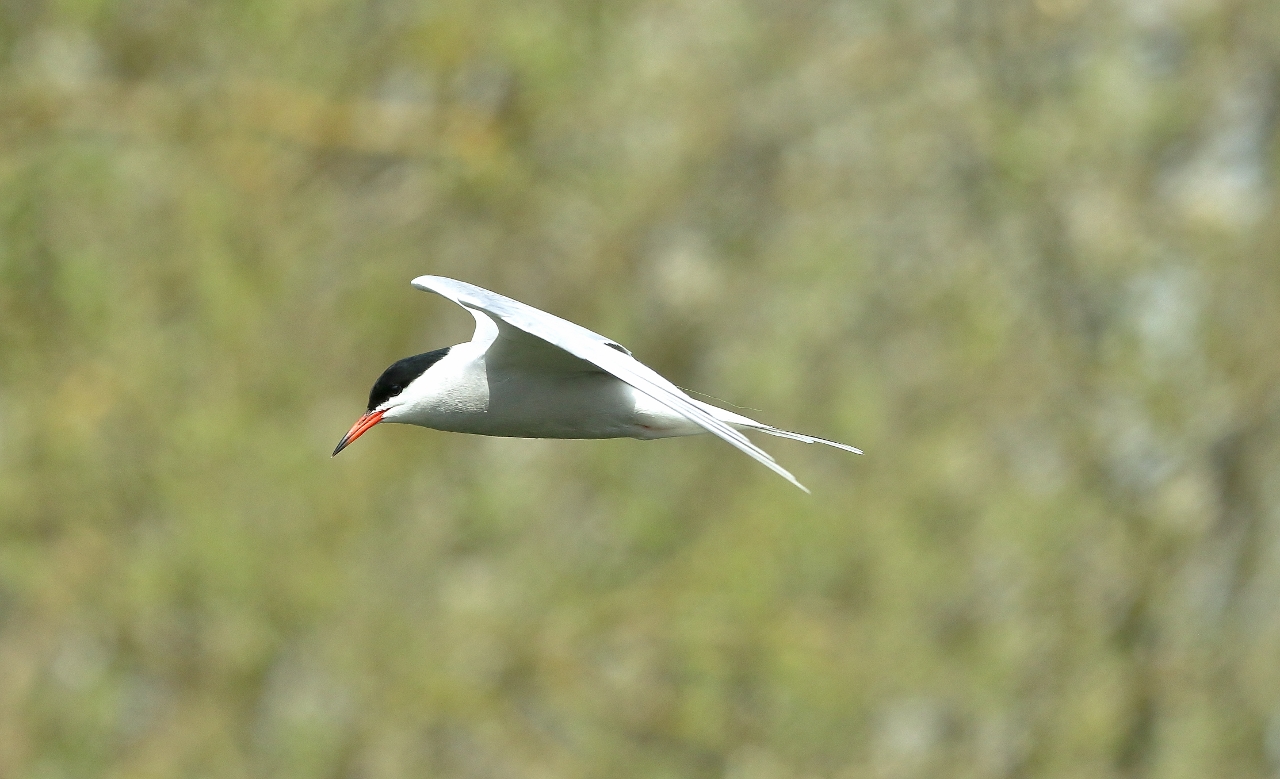









James Sellen
May 16, 2016 at 9:51 pm
Excellent report and some stunning photos especially of the nightingale and cuckoo.